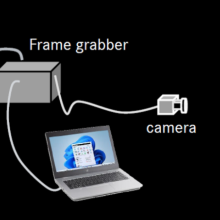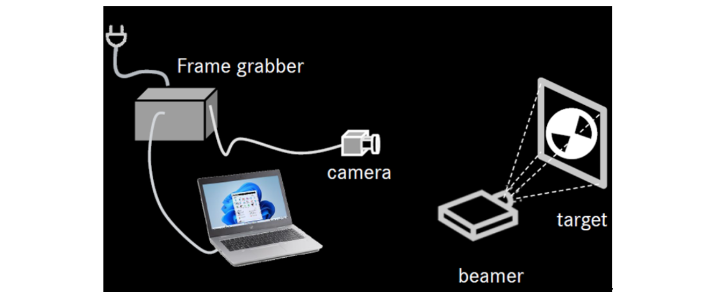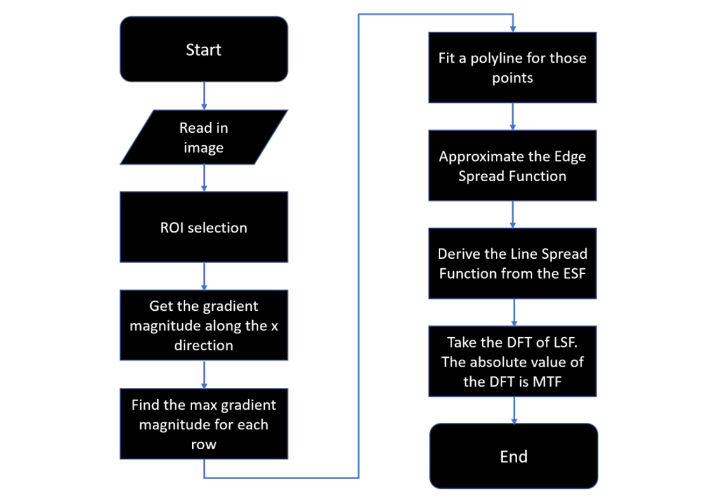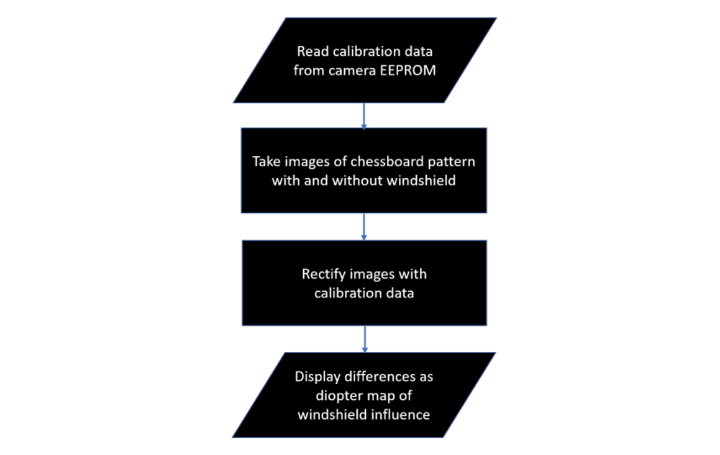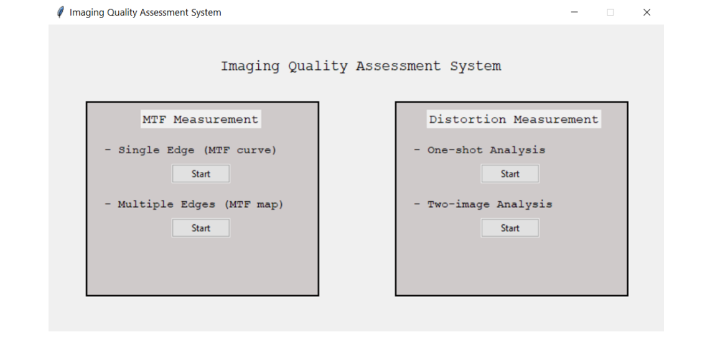Tzu-Hsuan Lai
A measuring system for determining the optical quality of ADAS cameras
Duration: 6 months
Completition: January 2023
Supervisor: Dr. Armin Huerland & Alexander Meisterknecht (Daimler Sindelfingen), Dr.-Ing. Michael Cramer (Institute for Photogrammetry, University of Stuttgart)
Examiner: Prof. Dr.-Ing. Norbert Haala
Introduction
Former ADAS cameras post-process images within their unit. As a result, the users can only obtain computed results, for instance, the number of detected traffic signs. When the camera shows that there is nothing detected, the users will have to guess if there is nothing in the view or if the camera is working faulty. Image processing for ADAS cameras nowadays is located in the central intelligent drive control (IDC). It means that the images are one of the output data. By applying the quality assessment algorithms to the output images, the camera’s operational status can be determined. If the camera fails to function properly, the error can be recognized and corrected promptly.
The goal of the thesis is to create an associated measurement tool for assessing the optical imaging quality of ADAS cameras. Since that most optical aberrations are shown as blurred and distorted, sharpness and optical distortion calculation are the two main developments in this image-evaluating system.
Method
To obtain sharpness and optical distortion information for the entire ADAS image, a big target or a moving target is required. A big target can help to get information of the whole scene, and a moving target can obtain image information at different positions in the image. A digital target display by beamer can create both large and moving targets. It is therefore applied.
MTF is the most widely accepted method of evaluating the spatial resolution and contrast of most imaging devices. Of all MTF measuring methods, the edge-based MTF method is said to provide accurate and robust measurements. It is the one that applied in the designed measuring system. The workflow for the edge-based MTF method is based on ISO 12233.
Optical distortion measurement uses checkerboard as the target. Two images, including the reference and the test image, are used to calculate the optical distortion brought on by windshields. The reference image is directly captured on the checkerboard target. The test image is captured behind the windshield. An algorithm locating intersections of the checkerboard target is then applied to both the reference and the test image. The displacement between the corresponding points is shown as a diopter map of windshield influence.
Result
The thesis’s final product is a measuring system for assessing ADAS camera imaging quality. The measuring system combines image sharpness and optical distortion calculation. It is in graphical user interface. The user needs to prepare images of the targets, which are slanted-edge or checkerboard images, and simply input them into the system. The system will provide MTF curve, MTF map or distortion map as an output product.
References
LOEBICH, Christian; WUELLER, Dietmar; KLINGEN, Bruno; JAEGER, Anke: Digital camera resolution measurements using sinusoidal Siemens stars. In: Digital Photography III Bd. 6502 SPIE, 2007, S. 214–224.
Ansprechpartner

Michael Cramer
Dr.-Ing.Gruppenleiter Photogrammetrische Systeme


